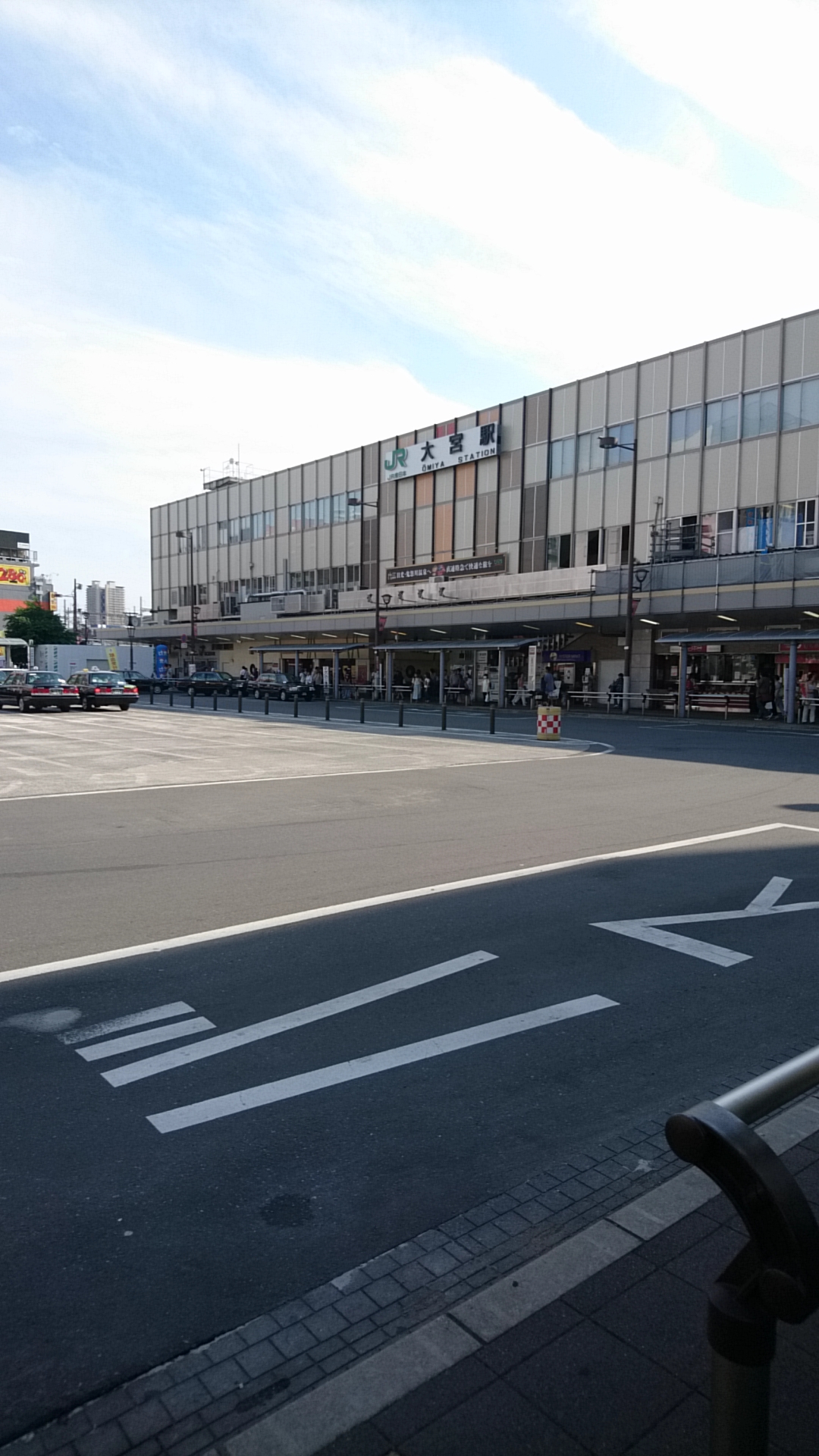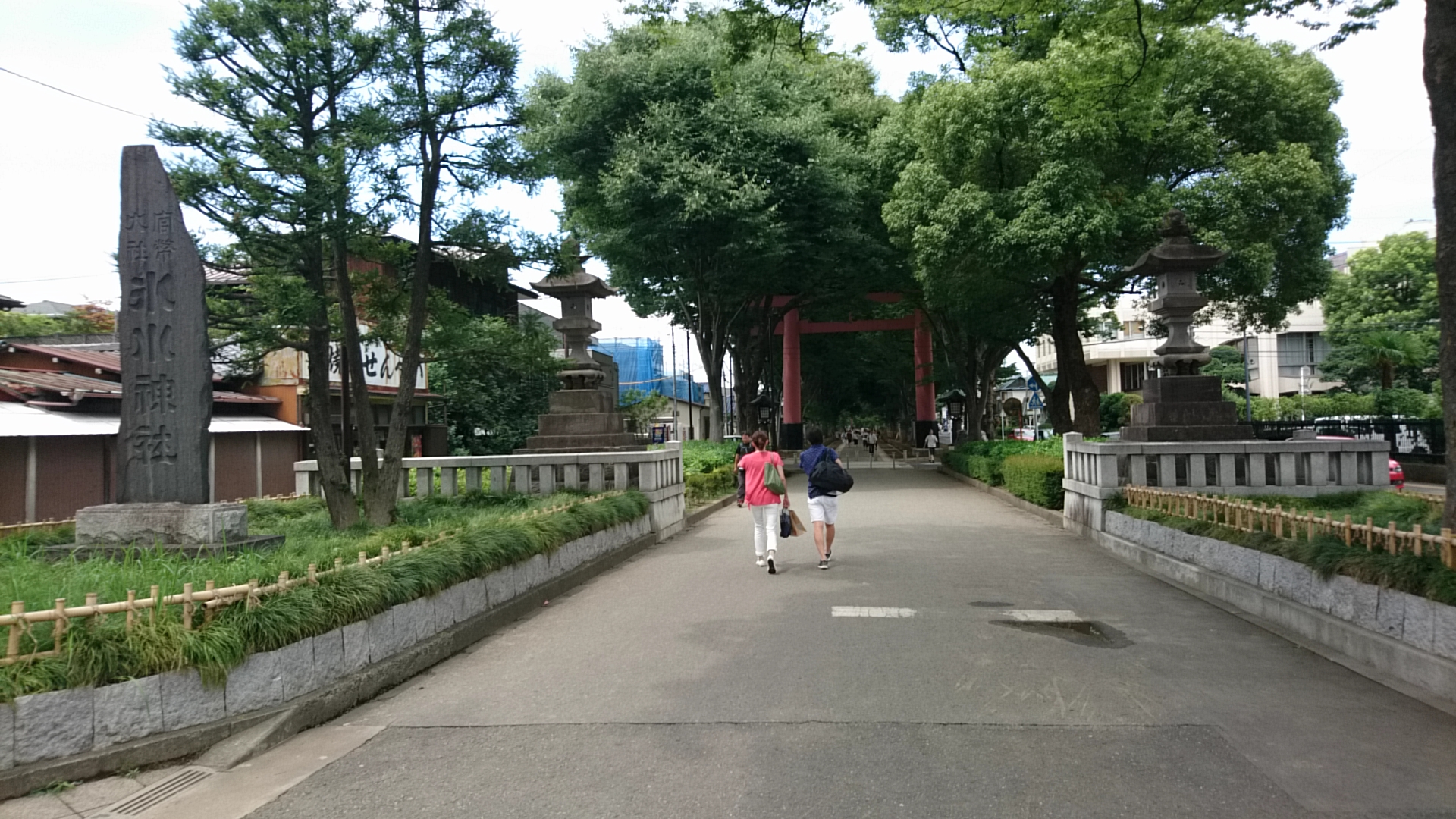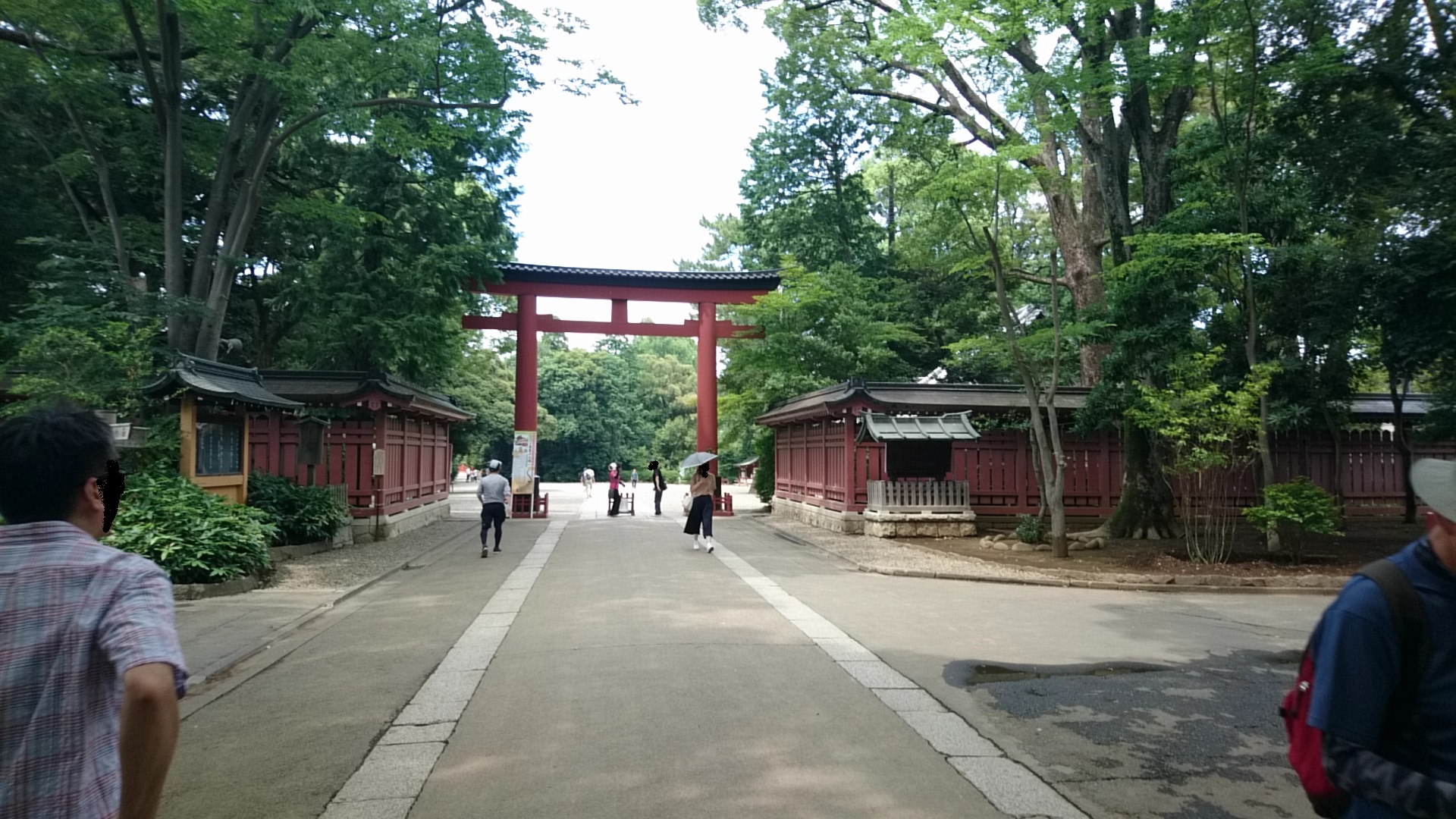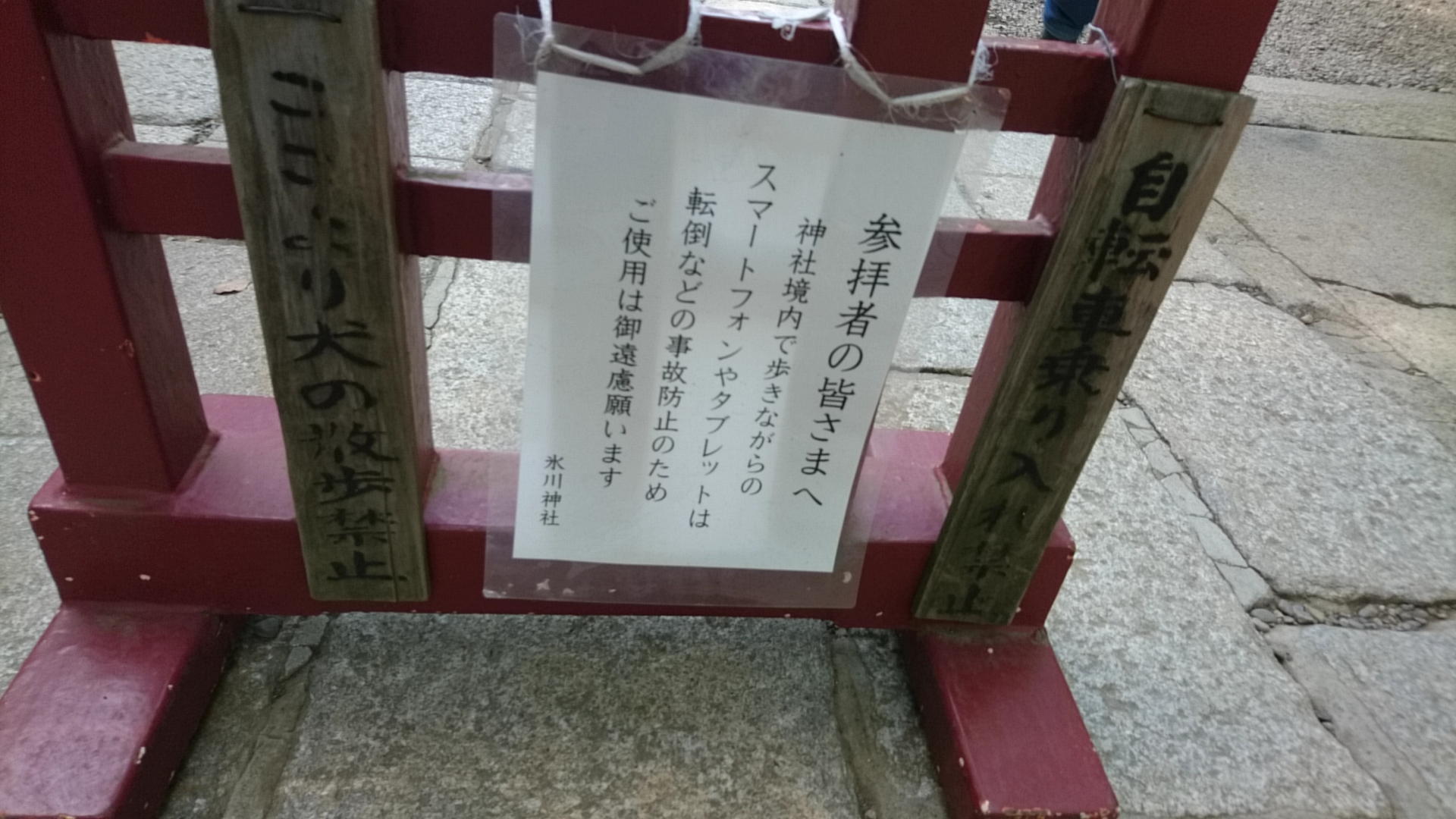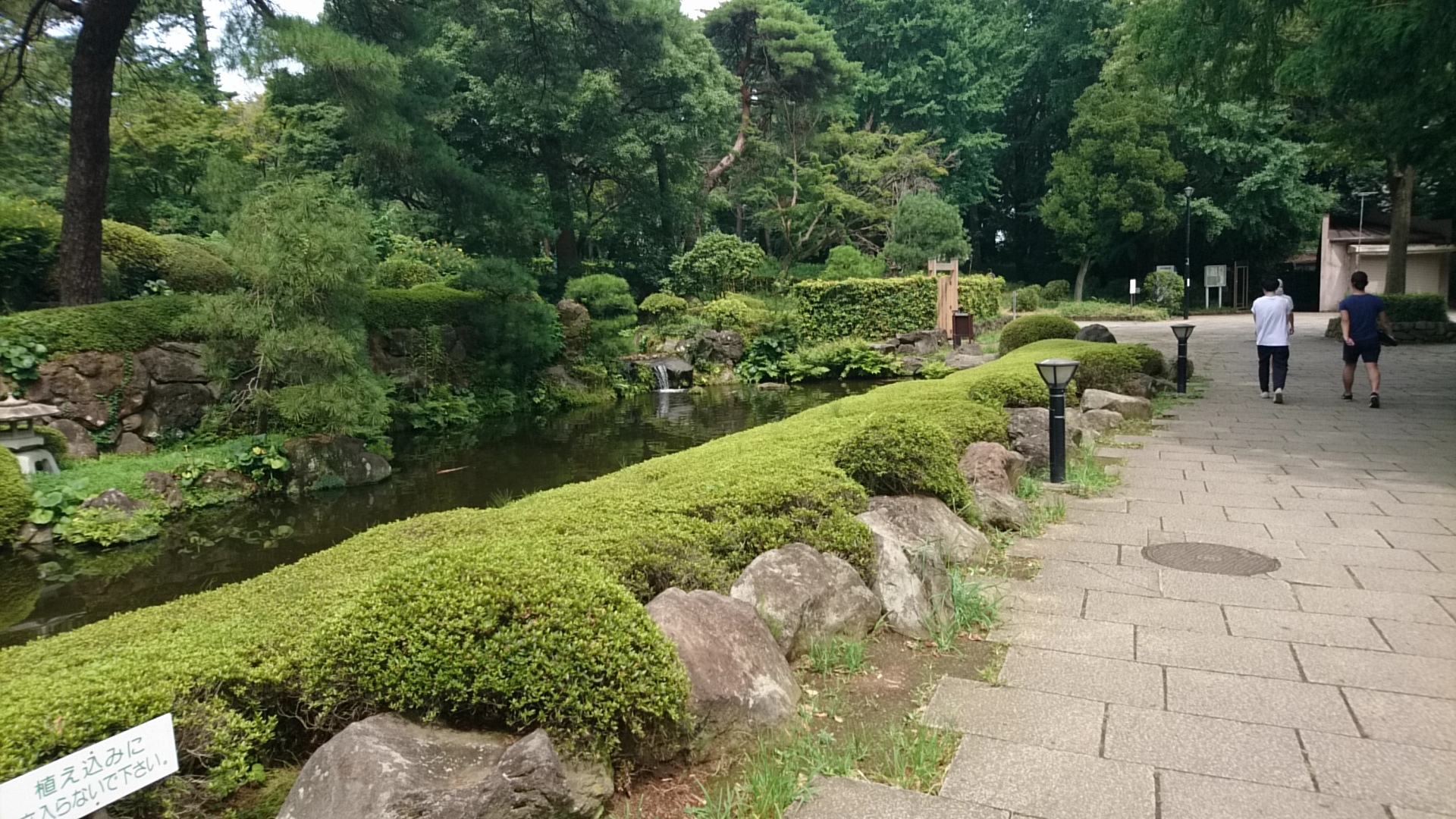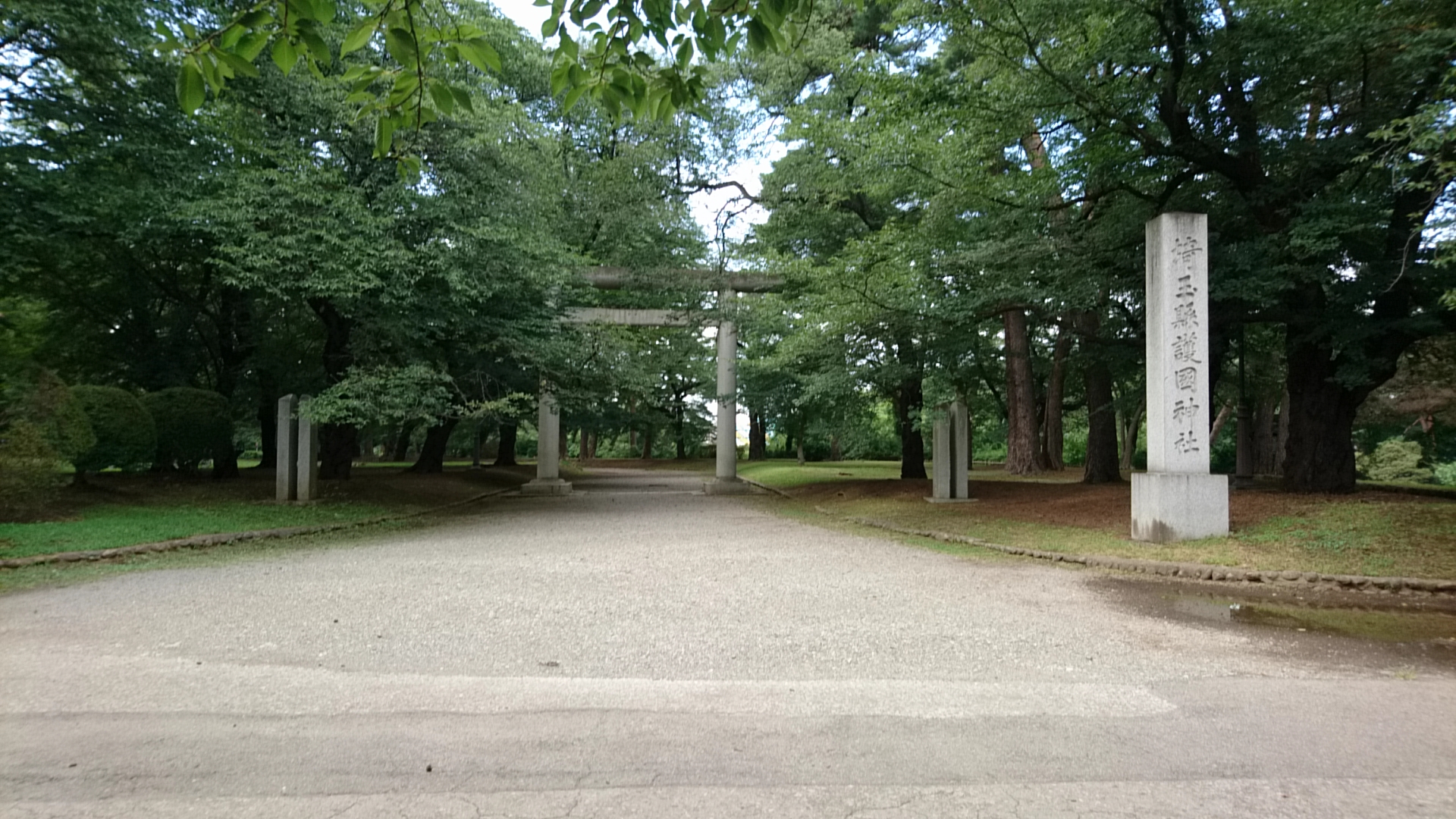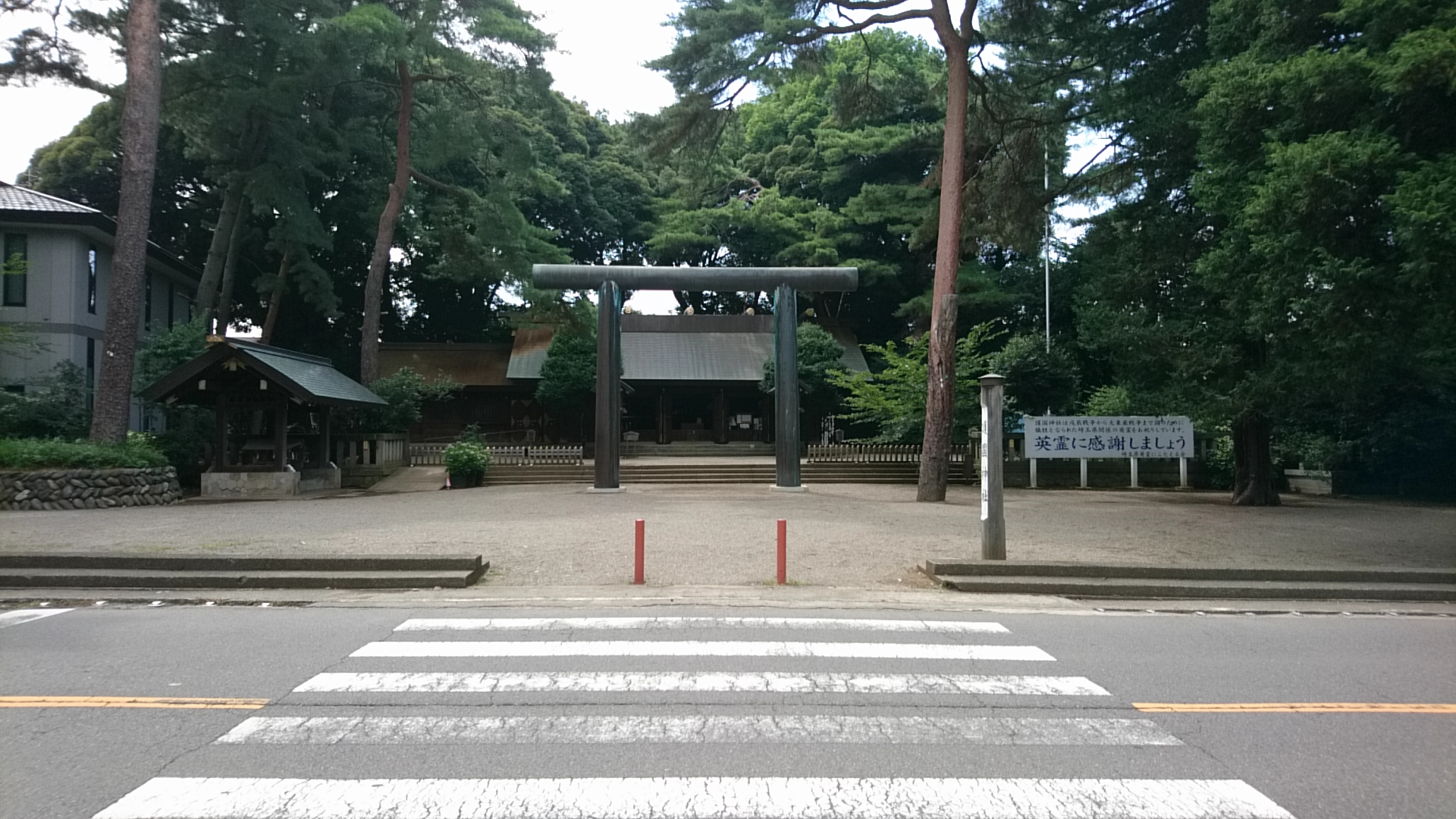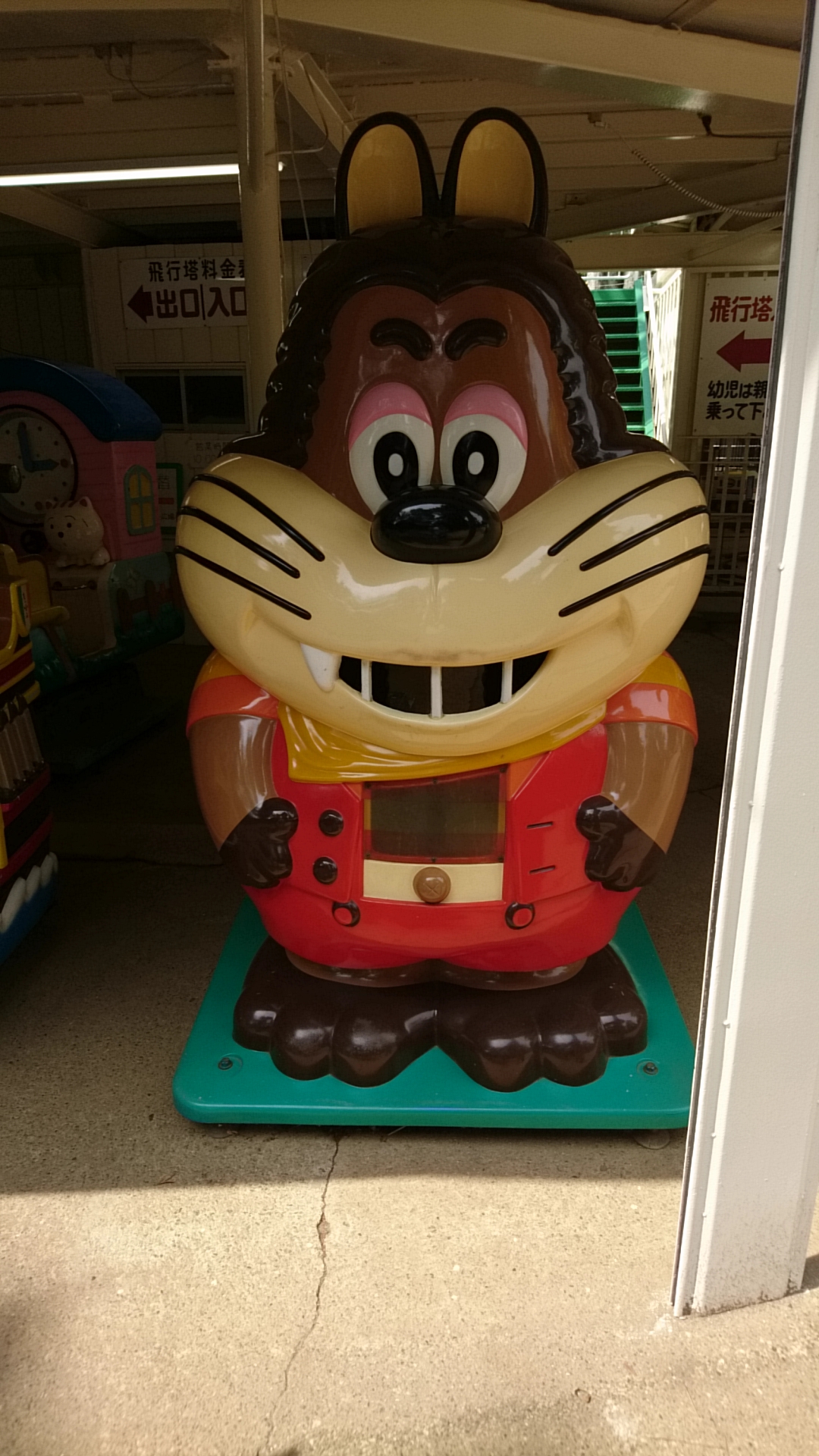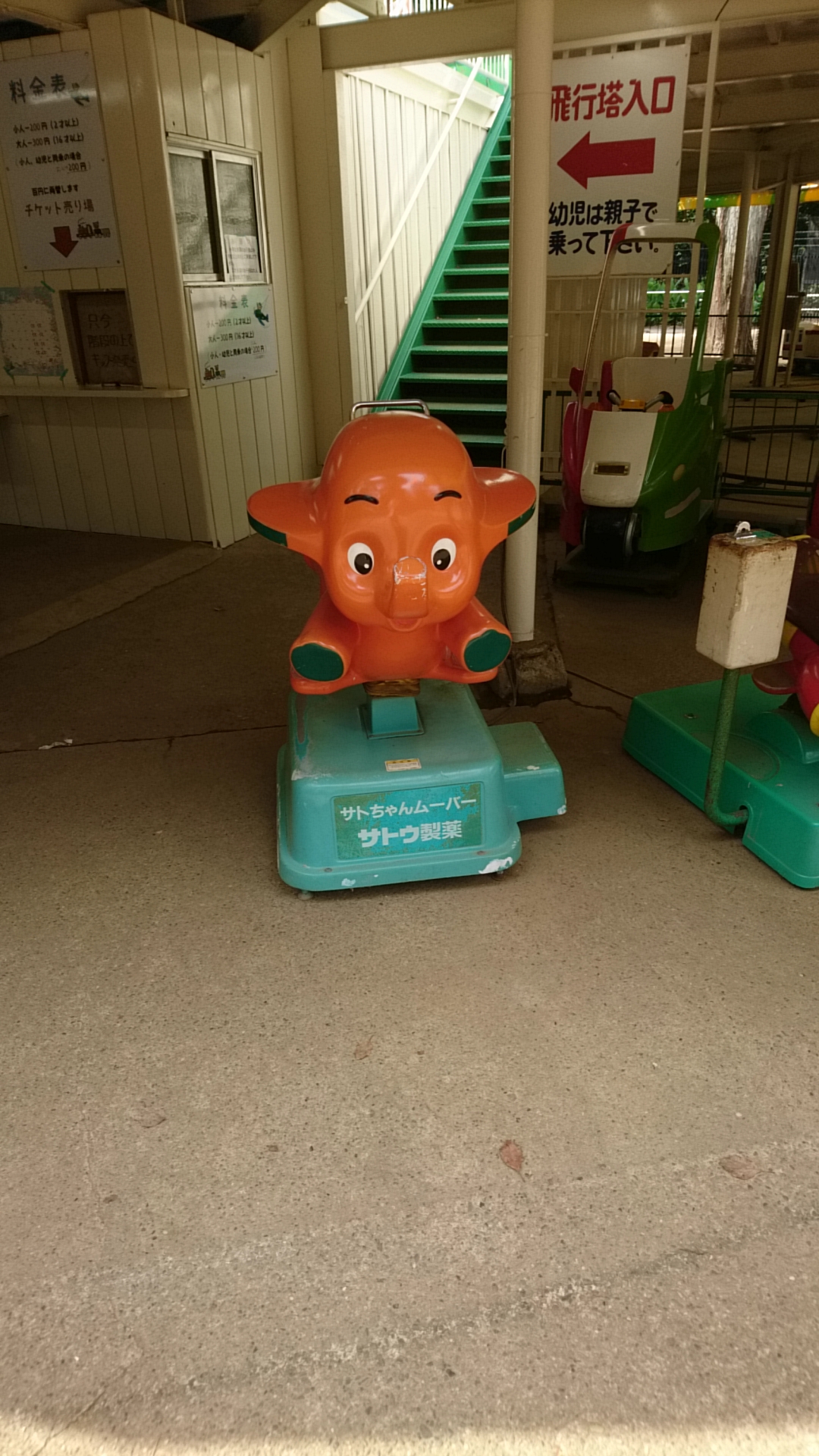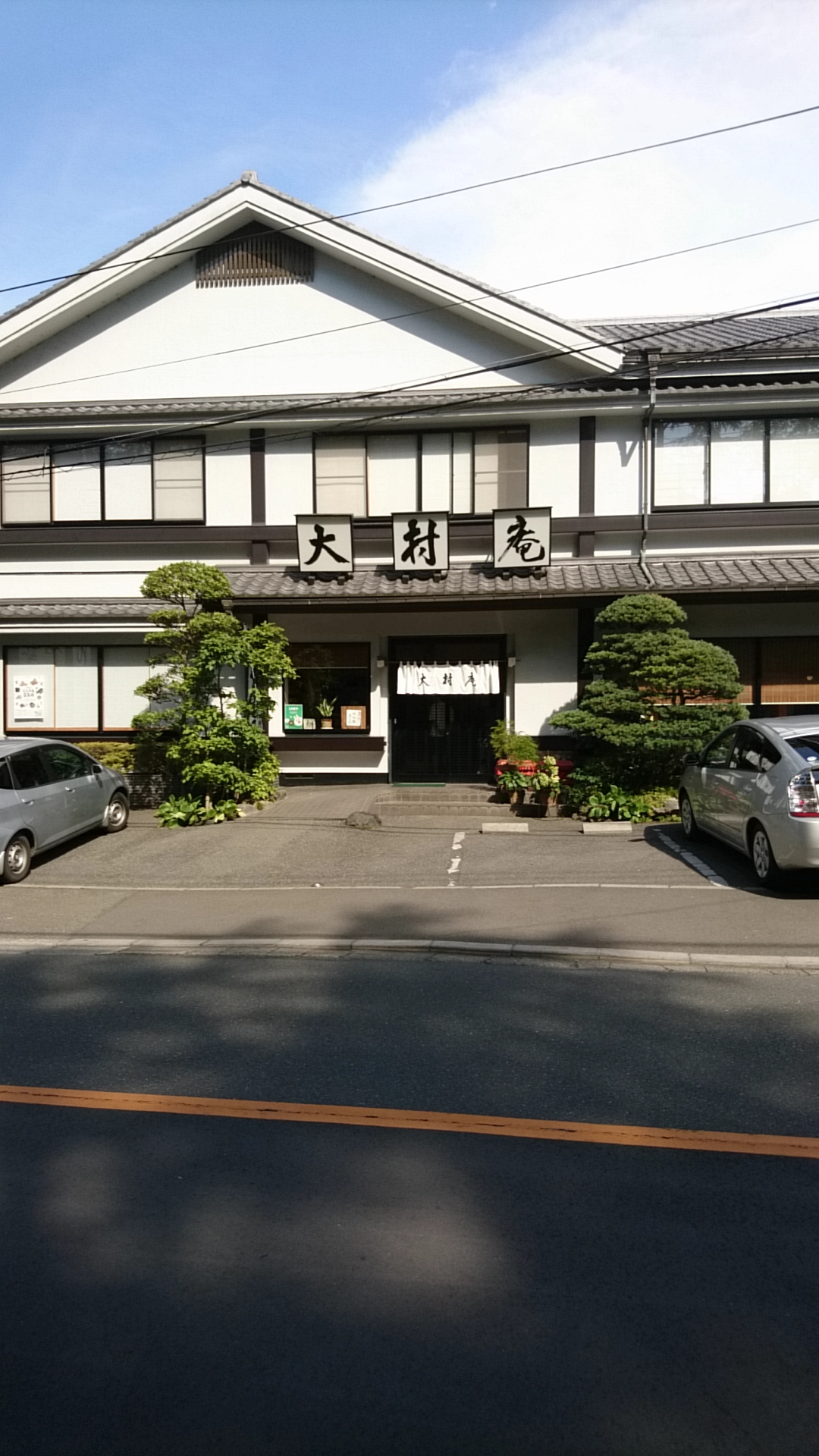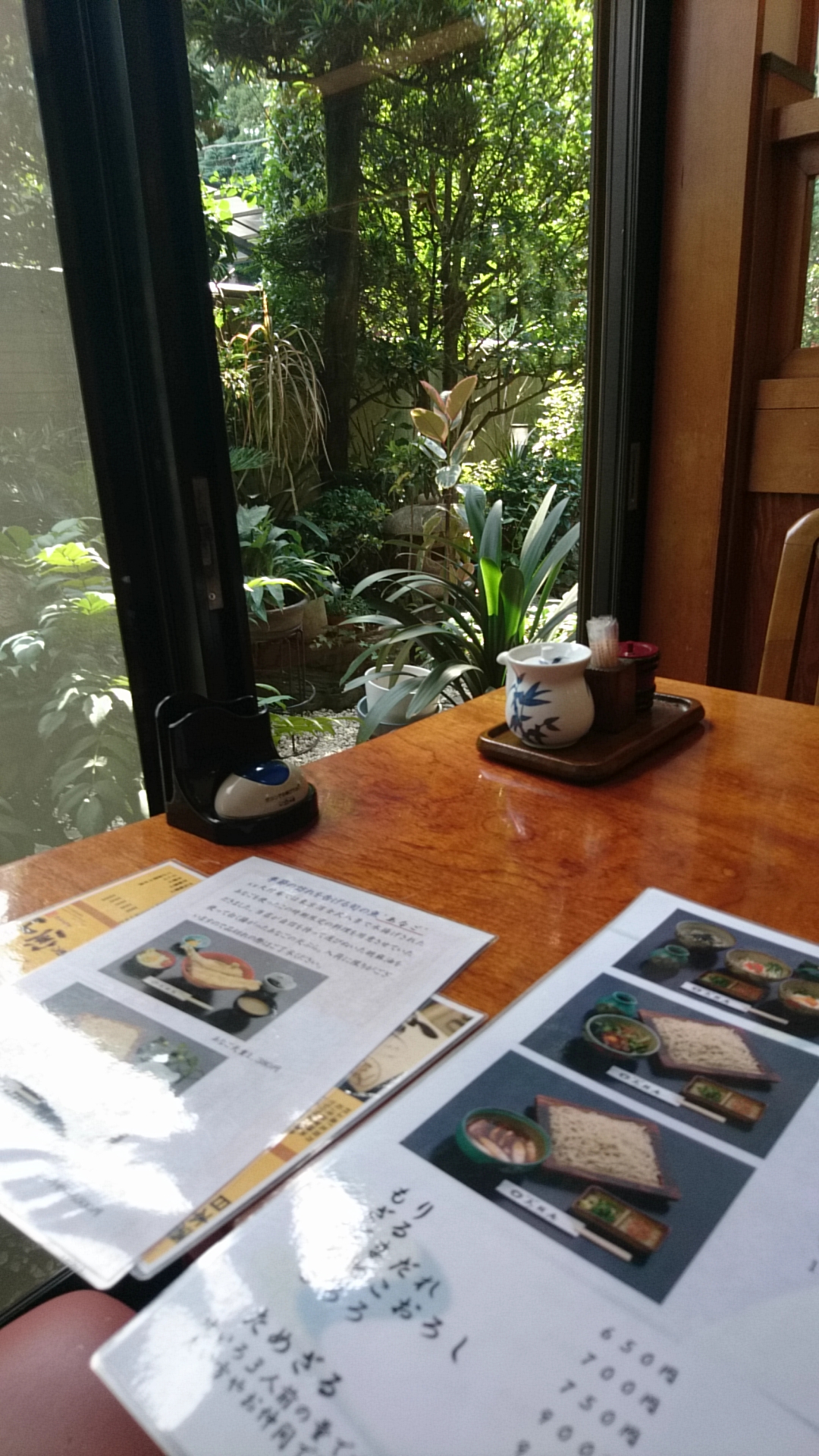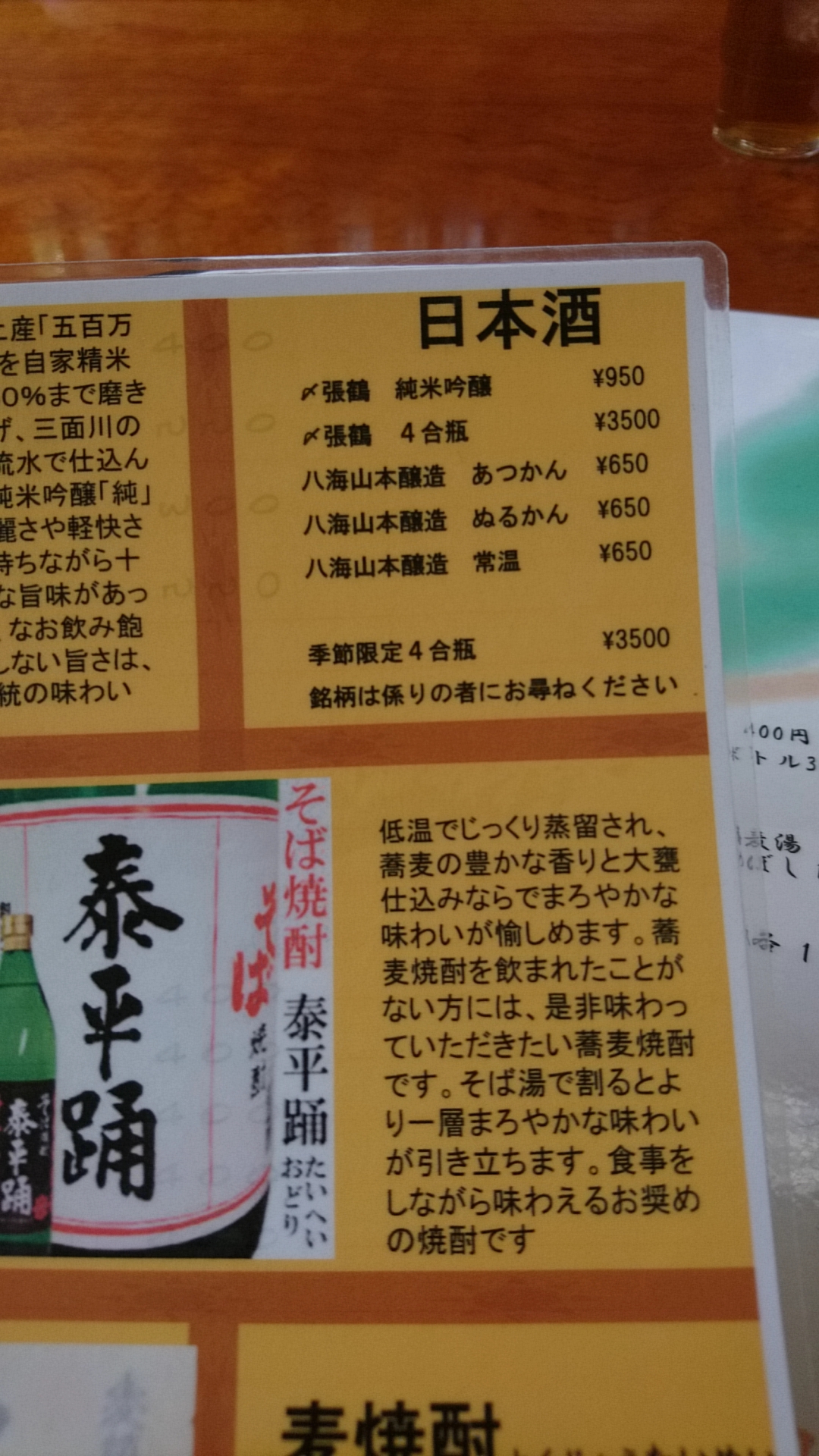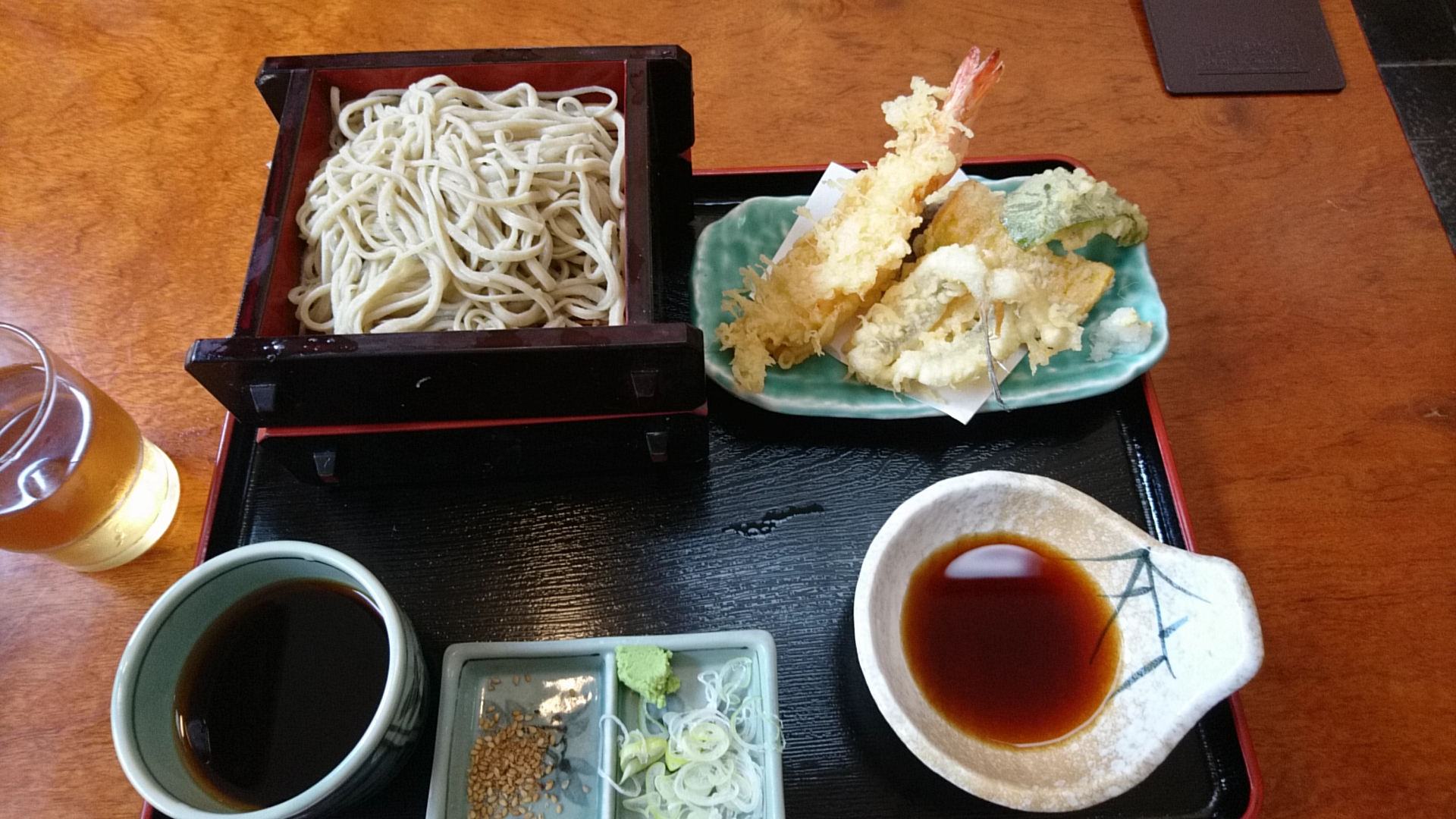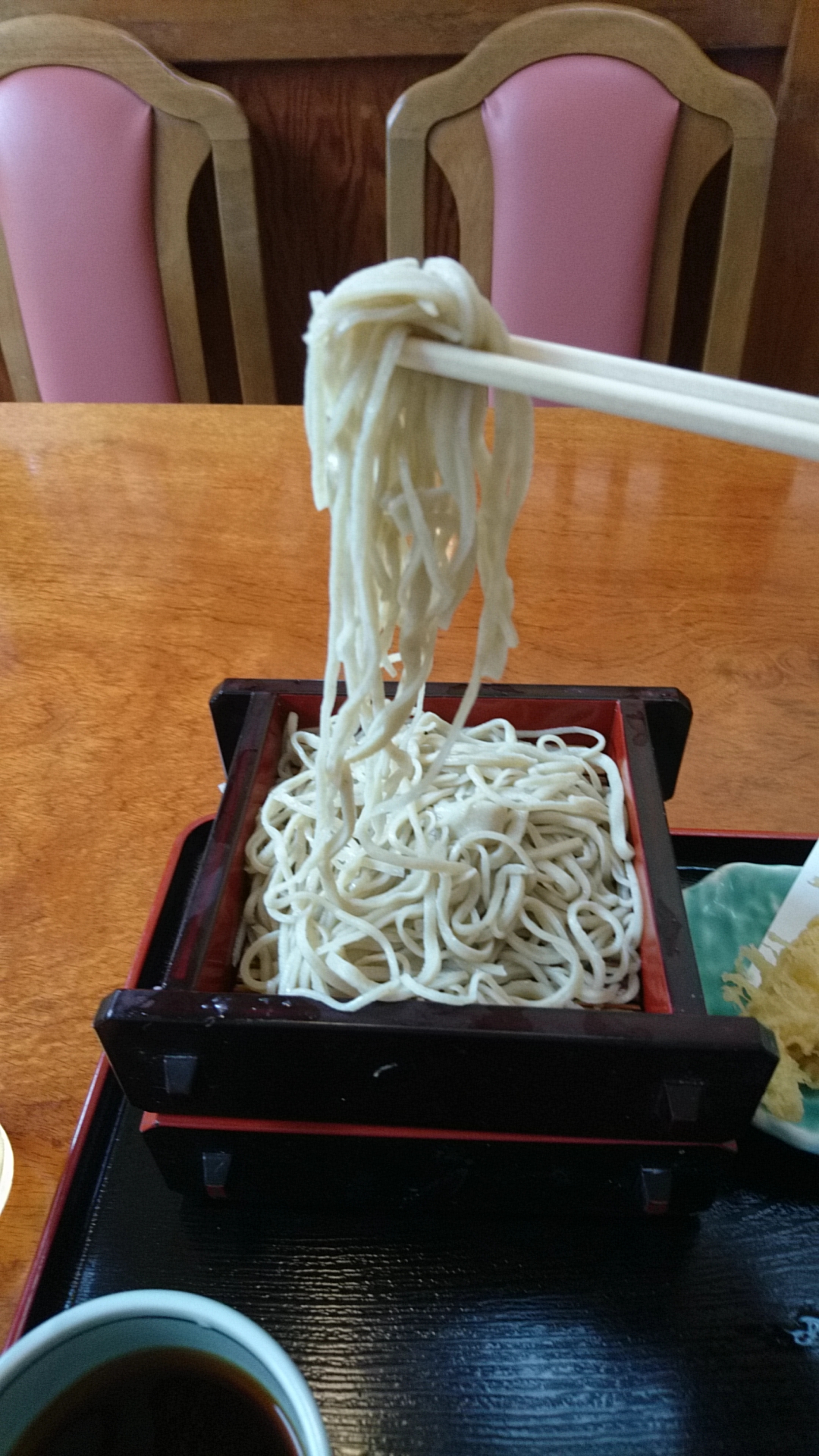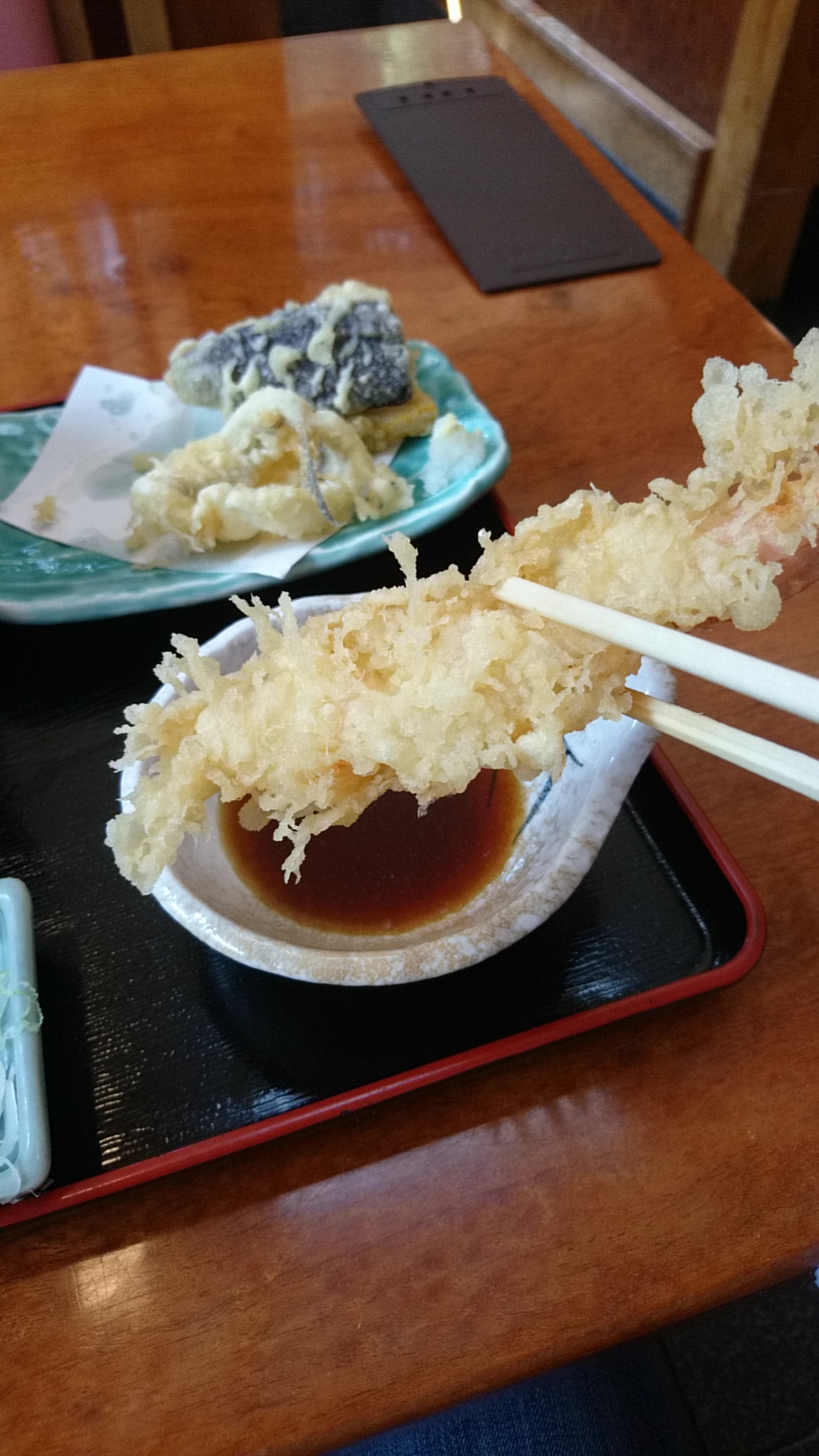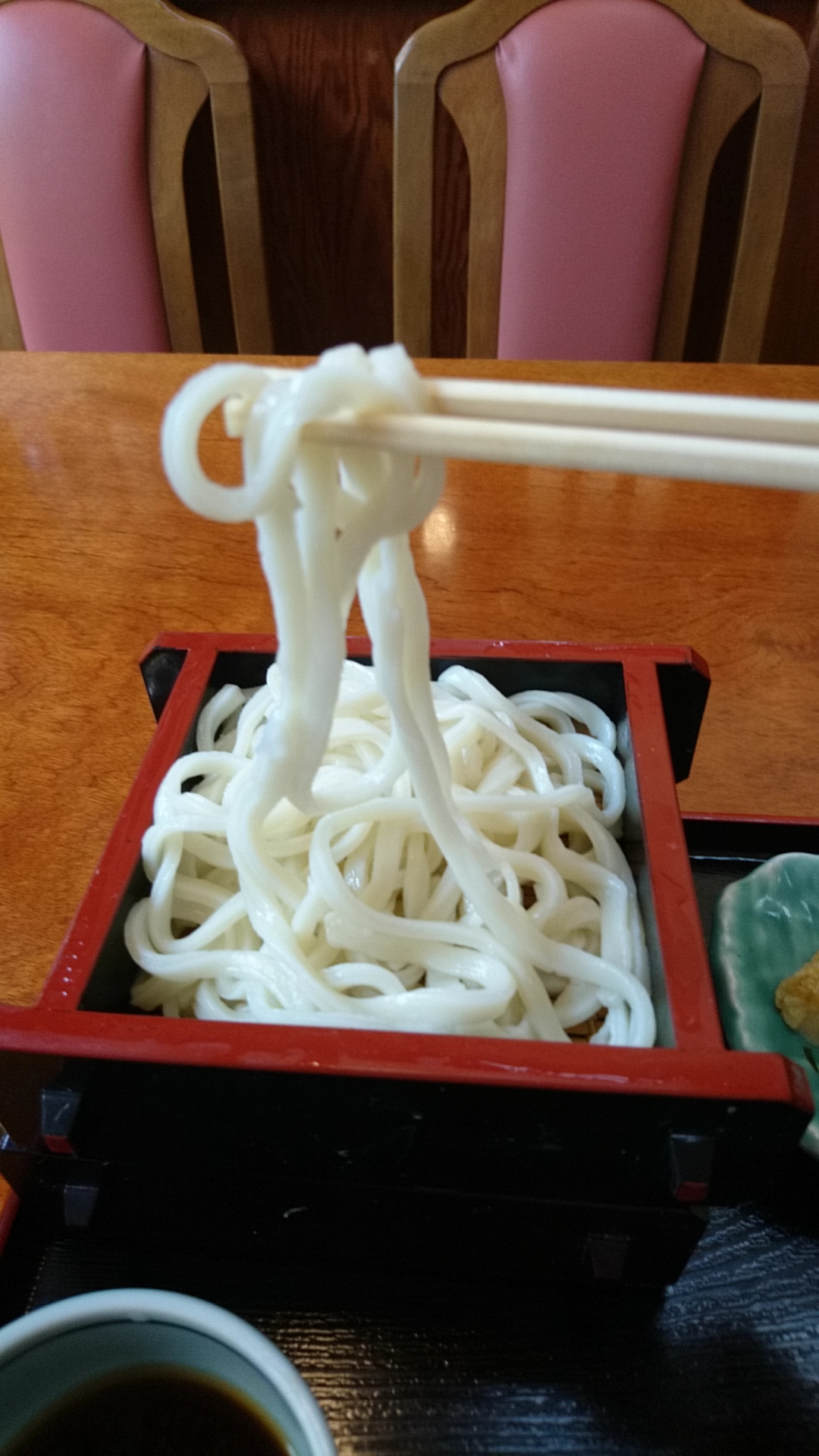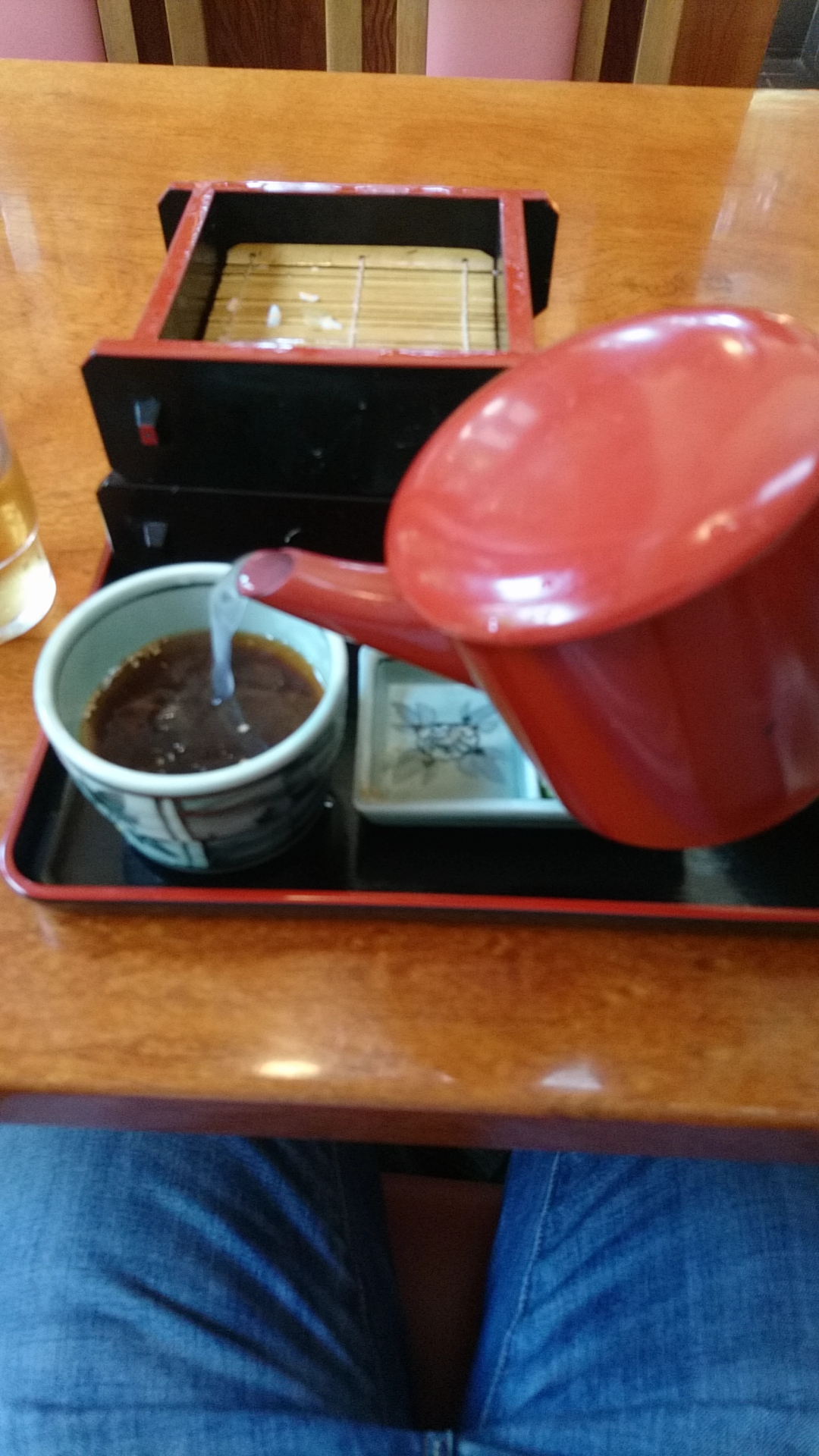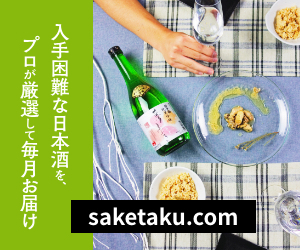- Home
- Report of Delicious Sake Serving Restaurants, My Three Meals, My Trip Diary, saitama
- Visiting Hikawa Shrine, Gokoku Shrine, and Omiya Park, Finishing with Udon & Soba Lunch at “Omura An”
Visiting Hikawa Shrine, Gokoku Shrine, and Omiya Park, Finishing with Udon & Soba Lunch at “Omura An”
- 2018/7/23
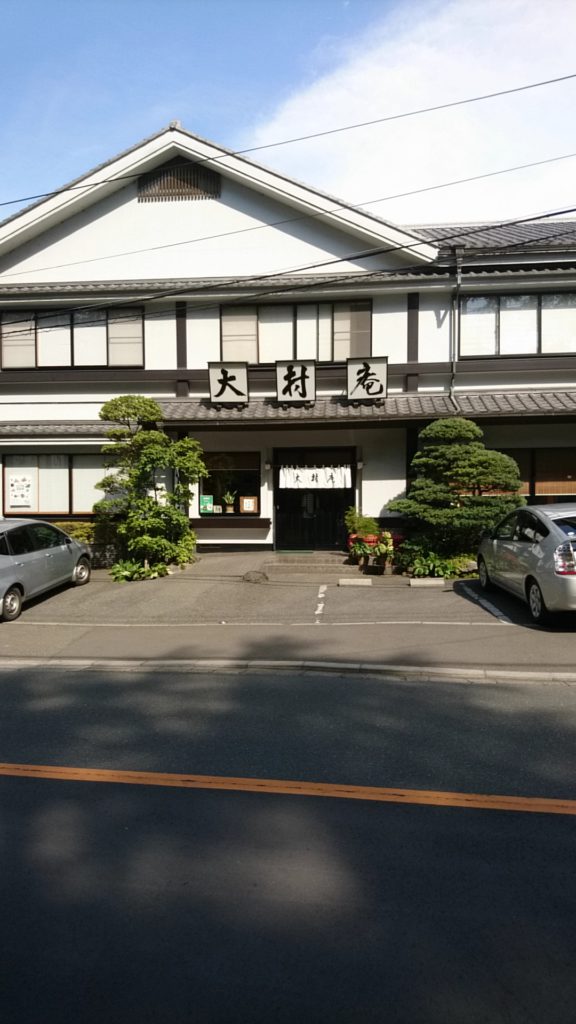
Good evening.
Thank you very much for visiting this blog.
Today’s story is about when I went to Omiya in Saitama Prefecture.
It was in a holiday in July.
I didn’t think so on the day, but now I think that it was the most summer-like day in this summer^^;
I went on a travel to Kanazawa last year because I had some extra income, but unfortunately I don’t have it this year, so I decided to go to a closer place to collect some information for this website.
I wanted to go to “Tsuki Shrine (Good Luck Shrine, in English)” which I introduced you in a previous blog, and I’d wanted to go there again to take more photos (it was not enough at last time).
Also, I was going to move to a different office and I wanted to go again because I wanted to buy a good-luck charm of the shrine for my colleague whose good luck I wish because she had bad luck.
I thought that it was a good chance to go a bit further to Omiya as well to see something to write about in this blog.
After I got a charm at Tsuki Shrine, I headed for Urawa for window shopping.
I left Tsuki Shrine and walked around Gyokuzoin Temple to get to Urawa Museum’s street.
I saw around the downtown in the west edge of the street, and then went back to Urawa Station to move to Omiya.
I usually sleep until noon on holidays, but I had a plan to visit Tsuki Shrine and Omiya on that day, so I woke up early and finished Urawa in the morning, and then headed for Omiya around noon, and had research in Omiya in the afternoon.
Since it was a good chance to see Omiya, I decided to go to Hikawa Shrine which is the origin of the name of “Omiya” (the Chinese letters for “Omiya” mean “great shrine” and the “great shrine” is “Hikawa Shrine”).
I left for Omiya Station’s east exit.
As Hikawa Shrine locates in the northeast of the station, I first walked in the south part of the shopping area near the east exit, and then left for Hikawa Shrine along Prefectural Road 164. Later, I came to a junction in a place called “Taiei Bashi”, and I turned right and walked further. After a while, I arrived at the Torii (front gate of shrine) of Hikawa Shrine.
I walked for 5 to 10 minutes on the pathway from the gate, and finally reached the center part of the shrine.
There were a monument of Japanese battleship “Musashi” and beautiful shrine buildings over the place in the photo.
There was a sign under this Torii saying that,
“Using smartphones and tablet computers while walking is dangerous. Please do not use them.”
I misread this notice and I didn’t take photos because I thought that using such machines itself was prohibited. I noticed that I could take photos when I read this sign when I wrote this blog.
After I walked around this area, I went to a Japanese garden in Omiya Park near the main building of the shrine.
I walked to the north of the park, and found another Torii like this,
so I went to Gokoku Shrine, too.
By the way, Gokoku Shrine in Japan are placed in each prefecture’s capital city, but only in Gunma, Saitama, and Shiga Prefecture, Gokoku Shrine locates outside of the prefectural capital (Gunma’s Gokoku Shrine is in Takasaki City, Saitama’s is in Omiya (Omiya City and Urawa City merged and became the present Saitama City), and Shiga’s is in Hikone City).
In Shiga’s case, Gokoku Shrine was originally called “Shokonsha”, and the spirits of people who died in the Meiji Restoration were enshrined in there.
The domain of Hikone was the most large one in Shiga prefecture then, and it stood at the new government’s side in the Boshin War (a big war in the Meiji Restoration), so the shrine was built in Hikone even though it is not the prefectural capital now.
On the other hand, Gunma or Saitama don’t have such history.
I wonder why they don’t have Gokoku Shrine in their capitals… is there some political reason…?
Anyway, after I visited Gokoku Shrine, I walked around the outer street of Omiya Park, and then went to a zoo in the park.
The entrance of the zoo was like an amusement park for little children.
I saw someone who are from back in the old days (They are famous characters for over 40 years old people).
The next to the zoo was a baseball ground, and the place was very excited with a preliminary game of the national high school baseball game. I passed the baseball ground, and then a soccer field. On the way home from there, I stopped by a restaurant “Omura An” which I introduce to you today.
This is a soba restaurant which has been there for over 40 years.
The time I visited was nearly half passed 2 in the afternoon. Luckily, they were still open for lunch. My seat was at the window, and I could see a small garden.
I was happy that they gave me a good seat even though I was alone.
I checked the menu.
They didn’t have many Nihonshu, but what they had was nice ones such as “Hakkaisan” and “Shimeharitsuru Jun”.
I wanted to try sake at first, but I decided not to considering my financial situation because it was 1 week before my pay day. I usually don’t have much cash with me….
What I ordered instead was,
A set of udon noodles and soba noodles.
This restaurant’s main menu was soba, but they had udon, too. I wanted to try both kinds of noodles, so I took it.
Let’s try soba first.
It was handmade juwari soba (100% made with soba powder (backwheat)), but it wasn’t crumbling, and it was delicious and rather smooth. I knew that soba must be eaten soon after they were cooked, otherwise the taste goes bad quickly from a cartoon, so I finished the soba first.
It was “Ten Zaru” (cold soba with tempura), so I sometimes enjoyed crispy texture while eating soba.
After soba, I moved to udon.
I go to a udon restaurant near my work place once in a week, and I was used to their texture. The udon of “Omura An” had different texture from that of what I usually eat.
The last one was “Soba-yu” (water left in the pot in which soba was boiled), not “Udon + Soba yu”.
This restaurant also does party course, so they had many menus other than normal soba restaurant’s menu such as tempura and Japanese omelet. They also had sweets.
It must be a good place to have meal after visiting Hikawa Shrine for family events like “Shichigosan” (traditional celebration of child’s growing up), and of course, they do good service for visitors who came especially for lunch with foods of satisfying volume.
After this lunch, I walked along the long approach of Hikawa Shrine to Hikawa Ryokuchi Park, and got back to the station watching shops and restaurants on the way.
The number of my steps on the day was about 32,000.
I was planning to eat out at night as well, but I was too tired, so I had dinner of discounted foods from supermarket at home.
The east side of Omiya Station was full of attractive shops and restaurants, but I didn’t have time to stop by any of them this time. Next time I want to see the west side as well.
I will go to check the town in Omiya again, and report it here.
Please check it out!
It’s our great pleasure if this article is helpful for you.

Restaurant Information
| Shop Name | |
|---|---|
| Prefectures | - |
| Tel | |
| Address | |
| Nearest Station | |
| Homepage | - |
| Business Hours | - |
| Holiday | |
| Introduction | |
| Sake List |
|

